The Prague Astronomical Clock, a masterpiece of medieval engineering, continues to captivate visitors with its intricate hourly show. Nestled in the heart of Old Town Square, this 600-year-old marvel is not just a timekeeping device but a theatrical spectacle that blends history, astronomy, and artistry. Every hour, crowds gather beneath the clock tower, their eyes fixed on the ornate dials and statues, waiting for the performance that has endured for centuries.
The Mechanics Behind the Spectacle
At the core of the clock’s performance is a complex system of gears, levers, and weights, all meticulously designed to synchronize movement with the passage of time. As the clock strikes the hour, a series of animated figures spring to life. The most iconic of these are the Twelve Apostles, who parade past small windows above the clock face, each nodding to the crowd. Below them, skeletal Death tolls a bell, while a turbaned figure shakes its head in disapproval—a reminder of life’s fleeting nature.
The astronomical dial, with its concentric circles and golden hand, tracks not only the time but also the position of the sun and moon in the zodiac. This dual function reflects the clock’s original purpose: to marry earthly time with celestial movements. The precision required to maintain this harmony is staggering, especially considering the technology available when the clock was built in 1410.
A Show Steeped in Symbolism
Every element of the hourly performance carries symbolic weight. The procession of the Apostles represents the triumph of faith over time, while the vanities of human existence—embodied by figures like the miser clutching his bag of gold—serve as moral lessons. Even the crowing of the golden rooster, which marks the end of the show, is laden with meaning, symbolizing the dawn of a new day and the resurrection of the spirit.
Local legends add layers of intrigue to the clock’s lore. One tale claims that the clock’s creator, Master Hanuš, was blinded by city officials to prevent him from replicating his masterpiece elsewhere. In revenge, he allegedly sabotaged the mechanism, leaving it inoperable for decades. While historians dispute the story’s accuracy, it underscores the clock’s mythic status in Prague’s cultural imagination.
The Clock’s Enduring Legacy
Despite wars, revolutions, and the wear of centuries, the Prague Astronomical Clock has never ceased to fascinate. Its survival is a testament to the skill of generations of craftsmen who have repaired and restored it. During World War II, the clock suffered significant damage when Nazi forces suppressed the Prague Uprising, but post-war restoration efforts returned it to its former glory.
Today, the clock is more than a tourist attraction; it’s a living artifact that connects modern audiences to the medieval world. The hourly show, though brief, offers a glimpse into a time when science, art, and spirituality were inextricably linked. For those who pause to watch, the performance is a reminder of humanity’s enduring quest to measure, understand, and celebrate time itself.
As the last Apostle disappears and the rooster’s cry fades, the crowd disperses—some to nearby cafes, others to explore Prague’s winding streets. But for a moment, they’ve shared in a ritual that has unfolded, unchanged, for over half a millennium. In a world of constant flux, the clock’s steadfast rhythm is a comfort, its chimes echoing across the square like the heartbeat of the city.

By Thomas Roberts/Apr 28, 2025

By Samuel Cooper/Apr 28, 2025
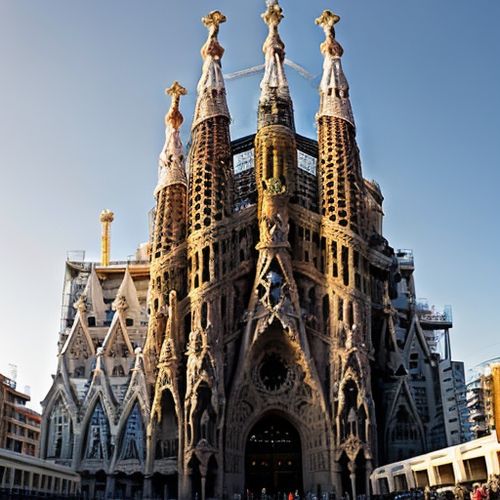
By Eric Ward/Apr 28, 2025
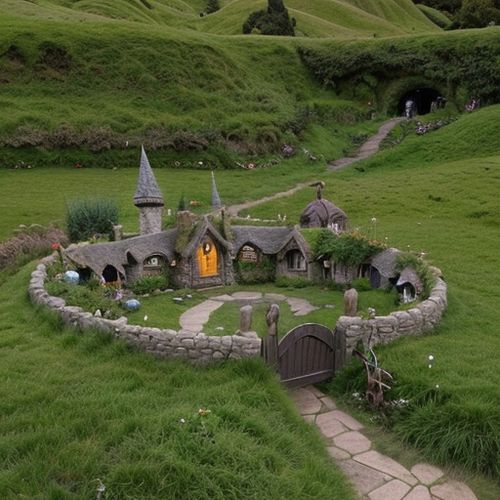
By Michael Brown/Apr 28, 2025

By Amanda Phillips/Apr 28, 2025
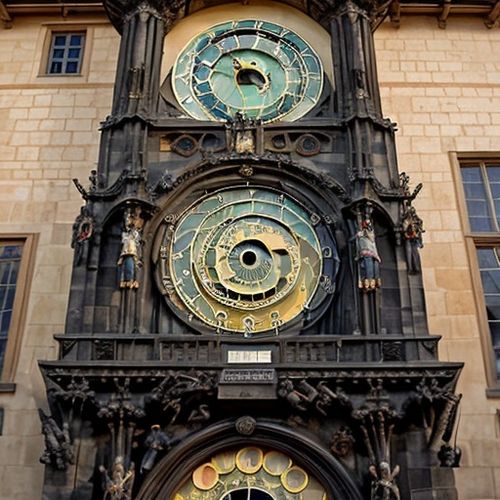
By Grace Cox/Apr 28, 2025

By Elizabeth Taylor/Apr 28, 2025

By Sarah Davis/Apr 28, 2025

By Megan Clark/Apr 28, 2025

By John Smith/Apr 28, 2025
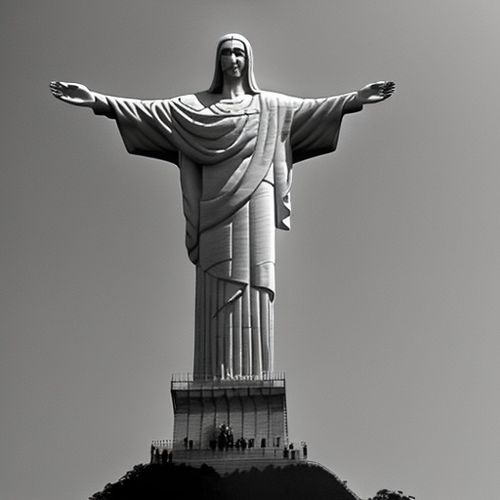
By John Smith/Apr 28, 2025

By David Anderson/Apr 28, 2025
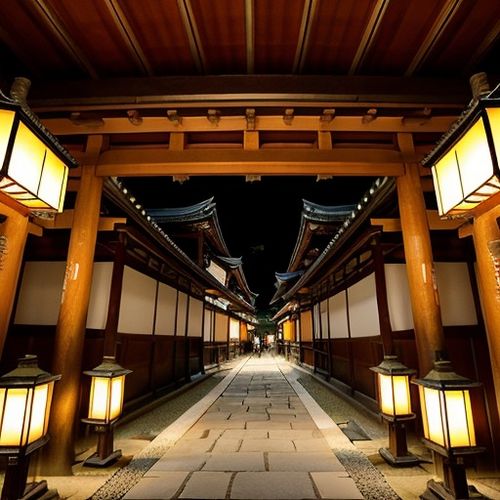
By Olivia Reed/Apr 28, 2025

By Jessica Lee/Apr 28, 2025

By Victoria Gonzalez/Apr 28, 2025